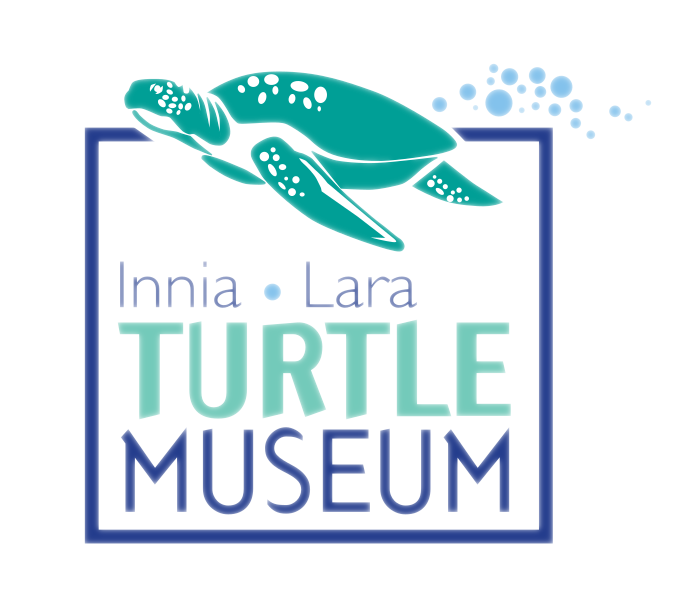Sea Turtles
The beaches of Lara, are famous around the world for the fact that they are home to two of the world’s seven species of sea turtles, the Loggerhead turtle (Caretta caretta) and the Green turtle (Chelonia mydas), the two most iconic turtle species in the Mediterranean.
In Cyprus, the Green turtle breeds in the protected area of Lara-Toxeftra, as well as in certain beaches on the north coast and Karpasia. The Loggerhead turtle also lays its eggs in the beaches of Lara and Toxeftra, as well as on the south coast at Pervolia and Kiti, but their main breeding beaches are the ones in the Polis Chrysochous and Gialia area, which belong to the Natura 2000 network.
The Loggerhead turtle is the third largest turtle in length and is classified as a ‘vulnerable species’ worldwide. The population of the Loggerhead turtle in Cyprus during the summer months is estimated to reach around 1200-1500 individuals.
The Green turtle is one of the largest sea turtles and is classified as an ‘endangered species’ in the Mediterranean and worldwide. It was named after the colour of the fat on the bottom of its shell. Its population in Cyprus during the summer season is estimated to be around 250-350 individuals.
The loggerhead turtle usually lays its eggs from late May to early August and the Green turtle starts and finishes two weeks later. The eggs hatch in about 7 weeks, depending on sand temperature. When the incubation cycle is complete, the newborn turtles emerge from the egg. Their shell is soft and black, which makes them very vulnerable to predators. This is one of the reasons why they hatch at night.
Baby turtles have phototropic behaviour, meaning that when they leave the nest, they head towards the brightest point on the horizon. For this reason, they instinctively steer themselves towards the sea, using the reflection of the moon or stars on the surface of the water as a guide.
It is estimated that only one in a thousand turtles will reach adulthood and return to the beach where it was born. Sea turtle hatchlings are vulnerable to many natural threats, such as crabs, birds and foxes, which patrol the beaches late at night and early in the morning in search of food. In addition, there are anthropogenic threats, such as sea pollution, especially from plastics, light pollution, noise pollution, and beach erosion, especially in nesting areas. These threats, in combination with the natural hazards they face, are increasingly reducing the population of sea turtles.
The turtles that do manage to return and lay their eggs are marked with special numbered tags, so it can be confirmed whether they have repatriated to the same beaches. The nests are secured in special protective cages.
If a nest is built near the sea, it is moved to a higher point to avoid being covered by sea water. After the eggs have hatched, the people in charge of the Hatchery open the nests and record all available evidence (e.g. unhatched eggs), and help any turtles that may have been left stranded in the sand to head towards the sea.
